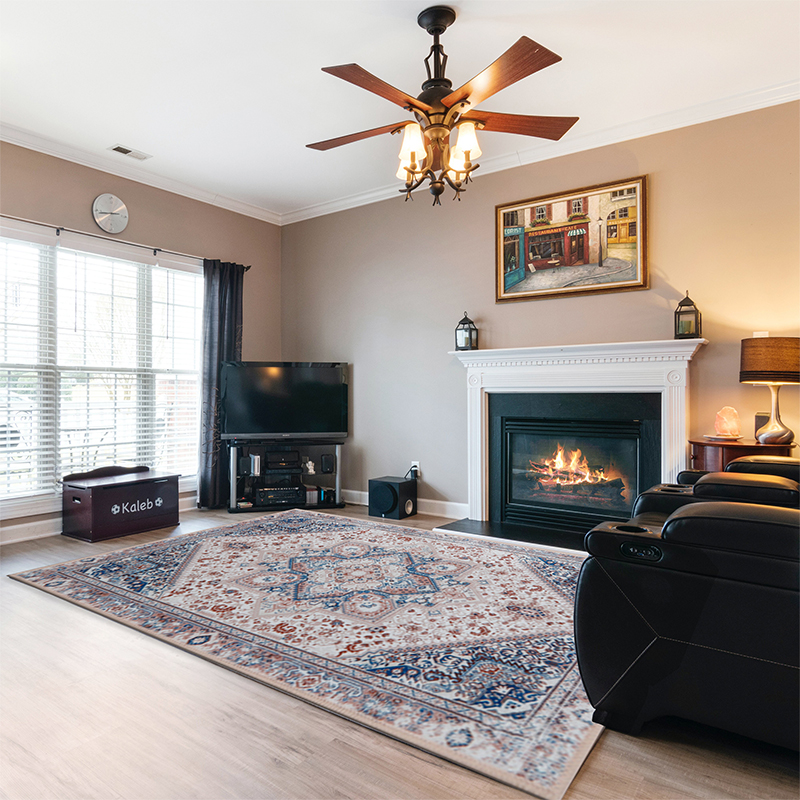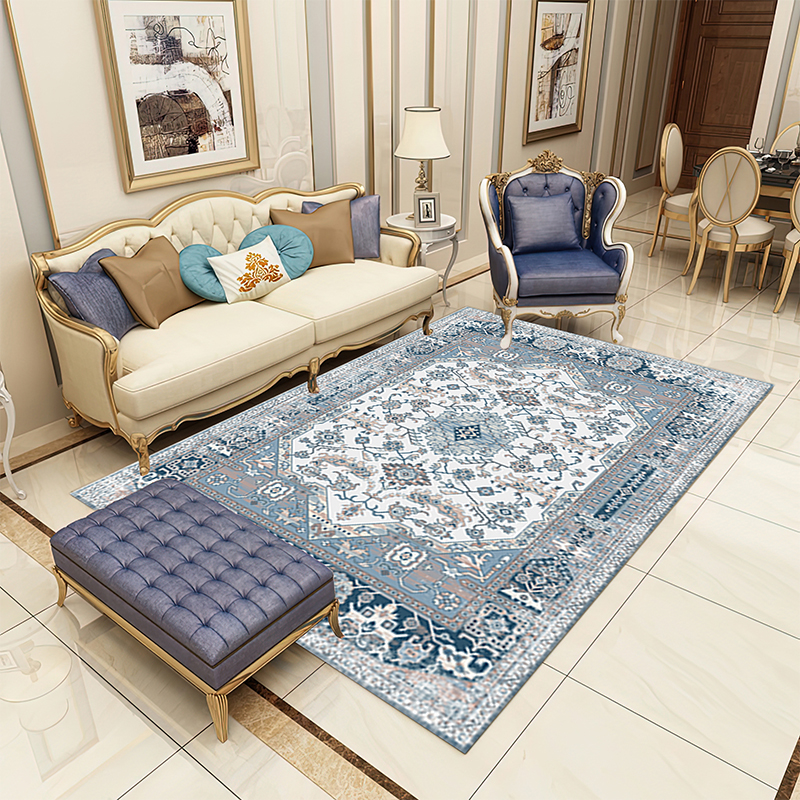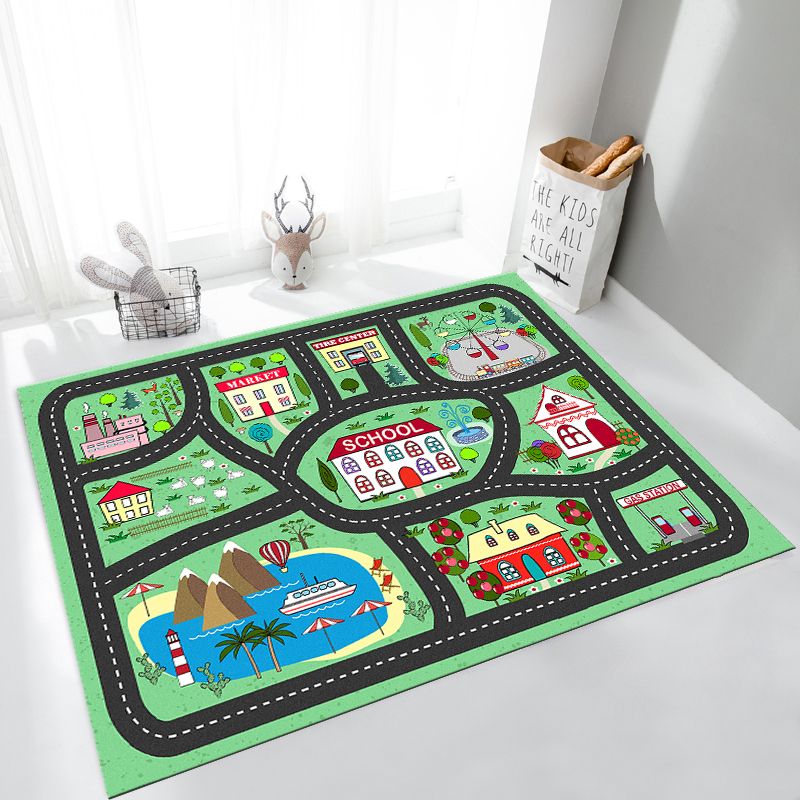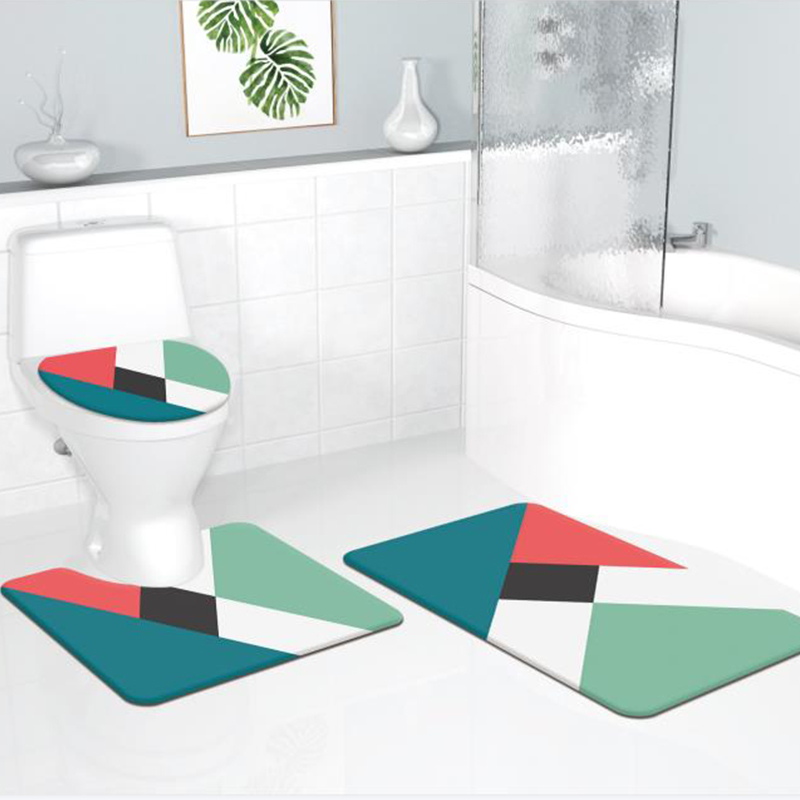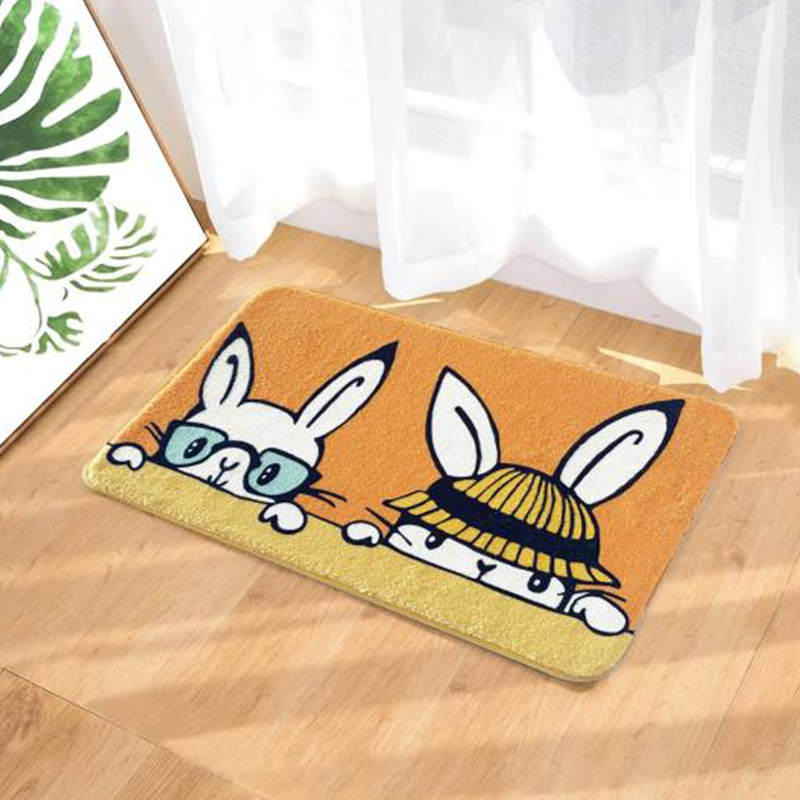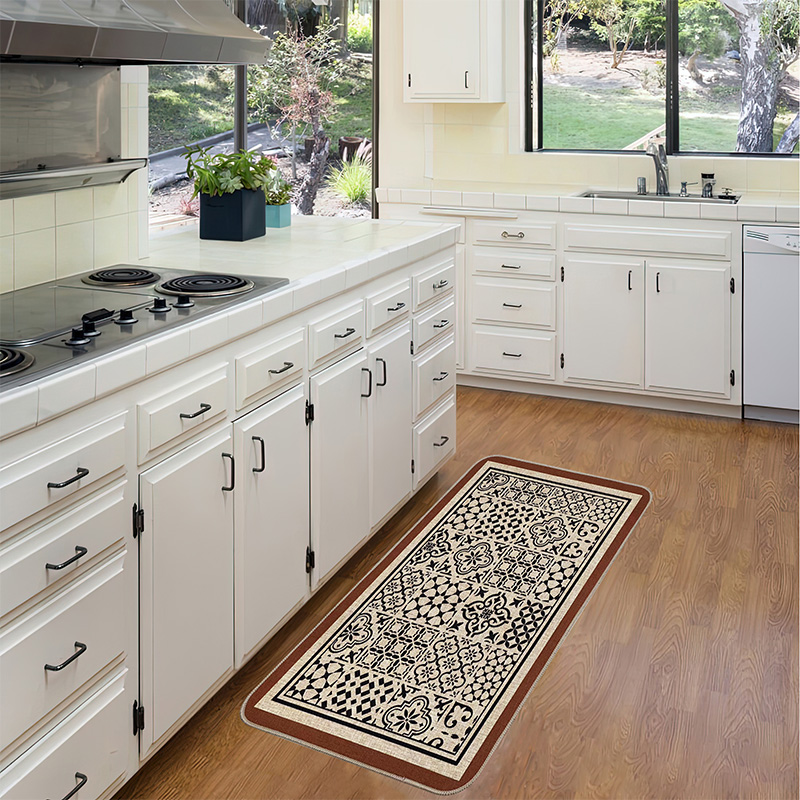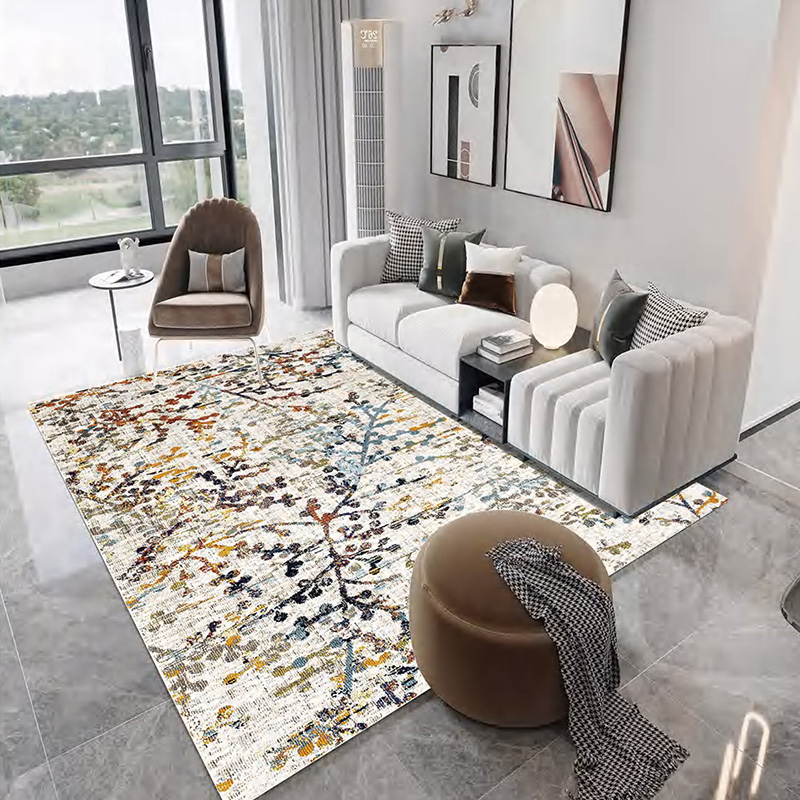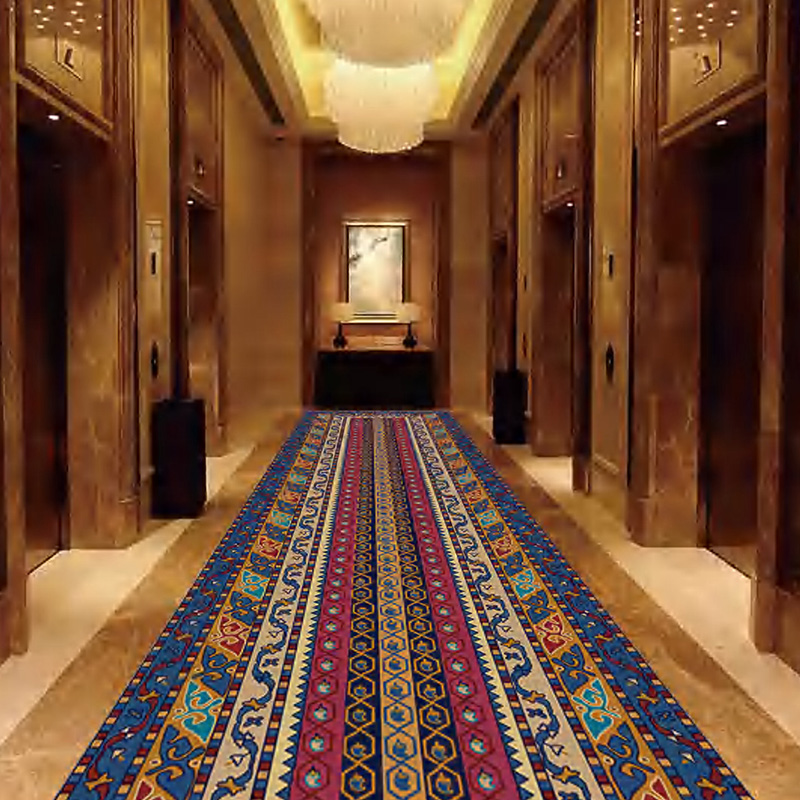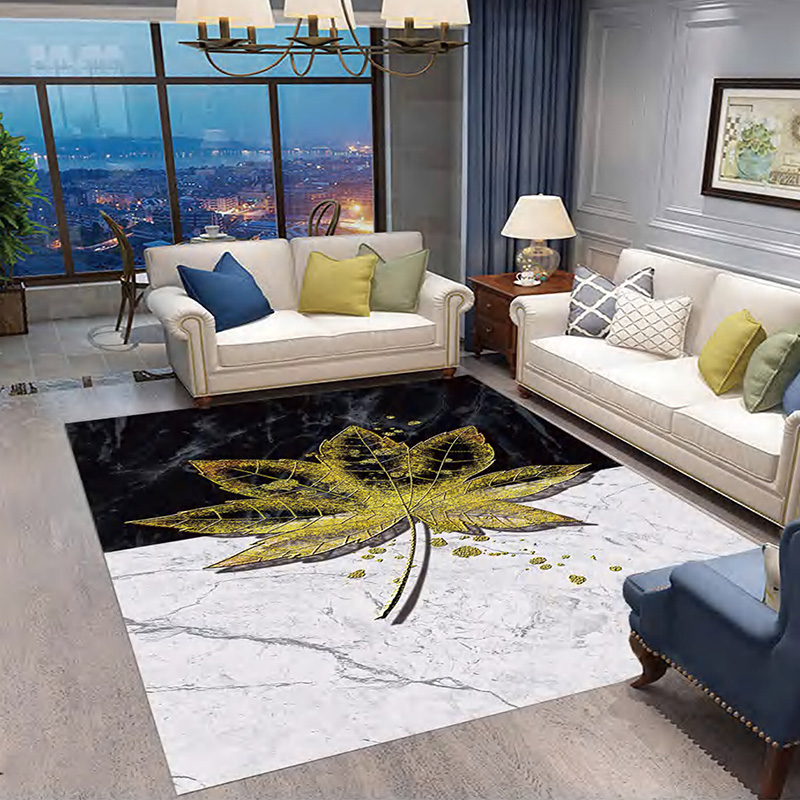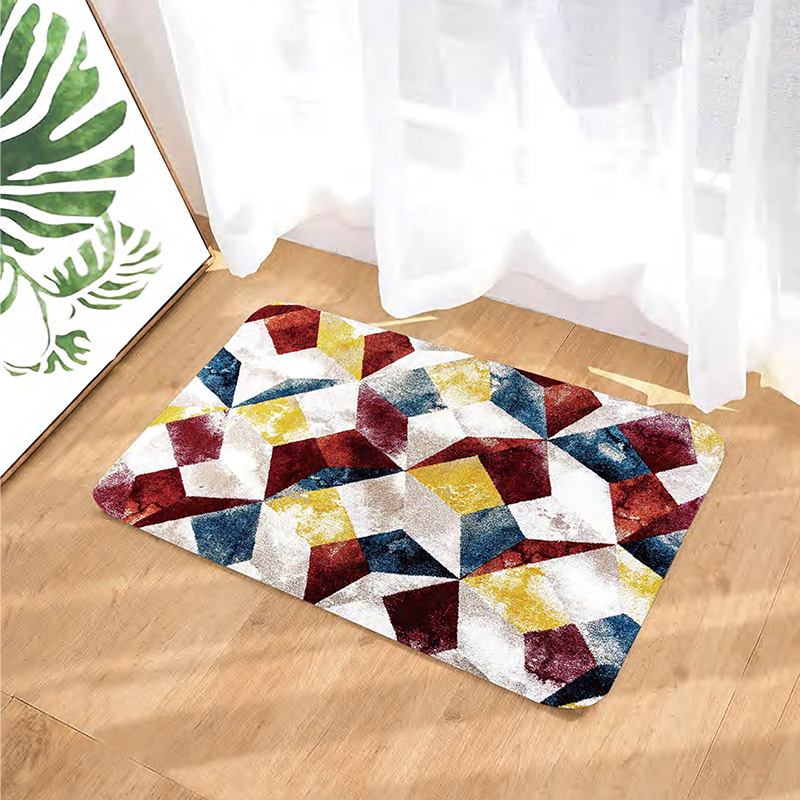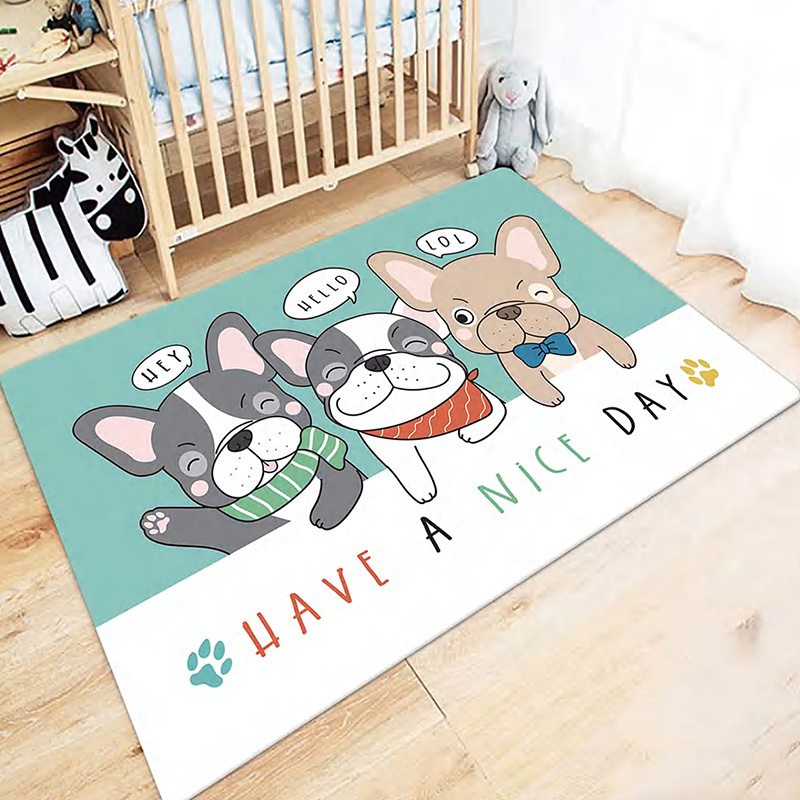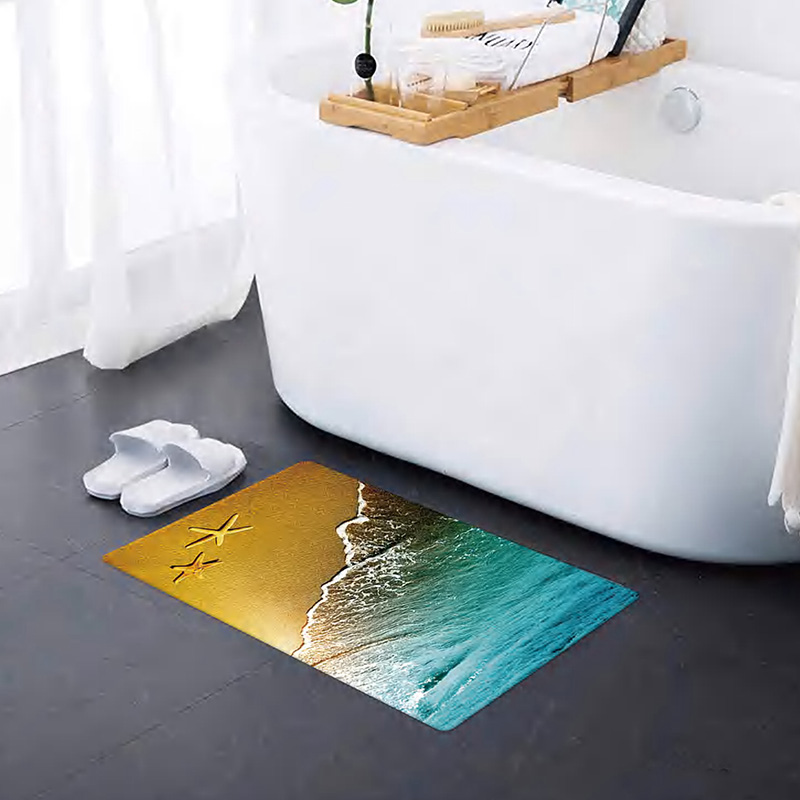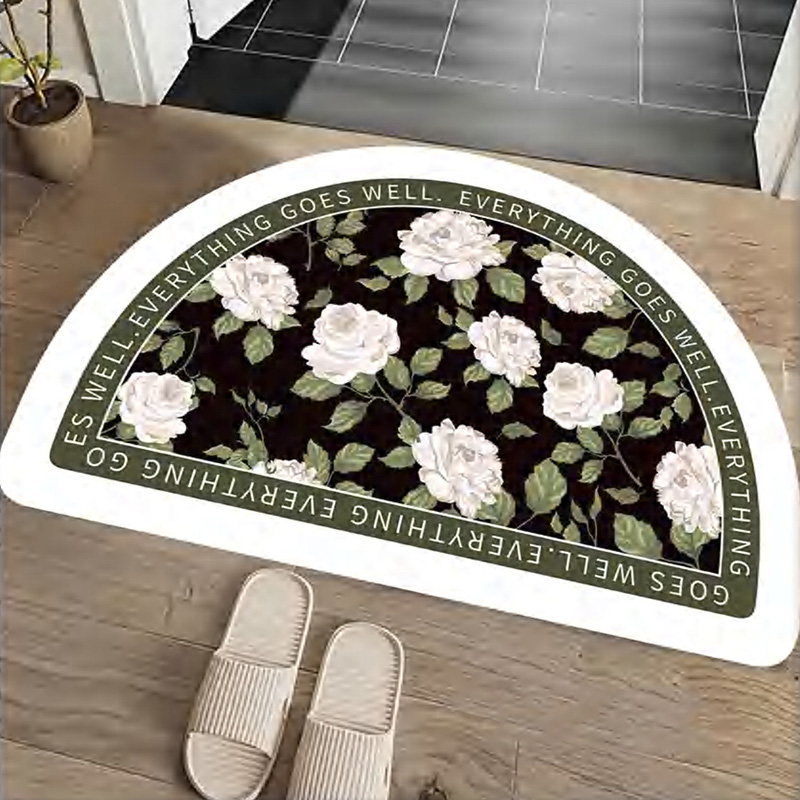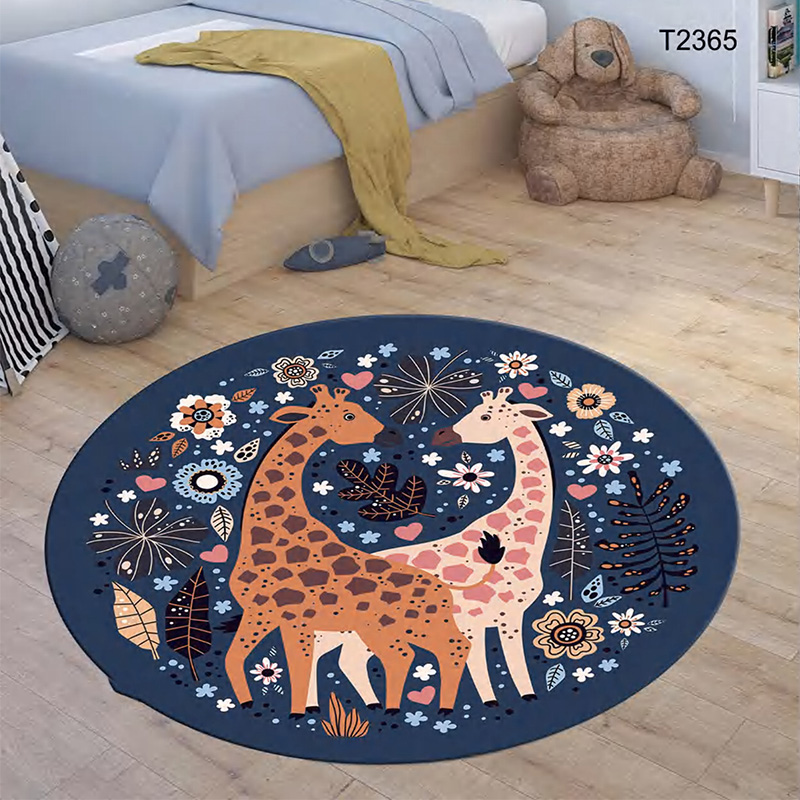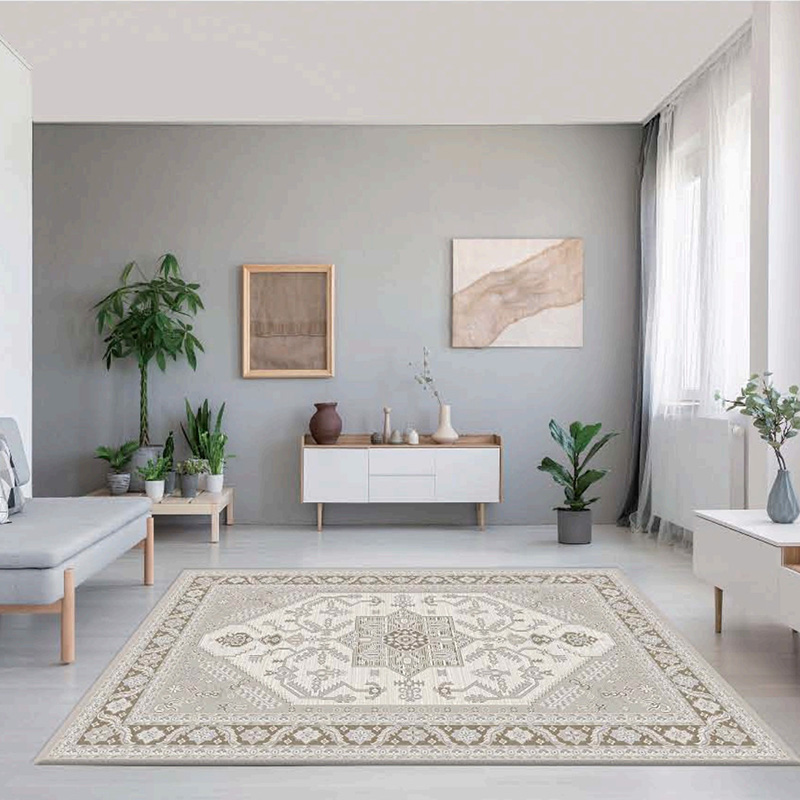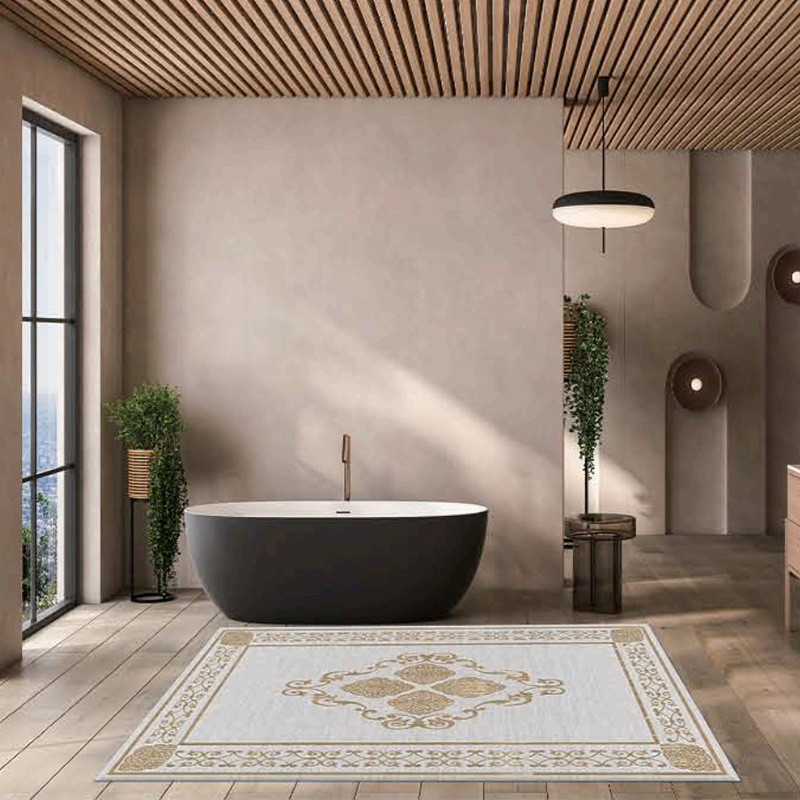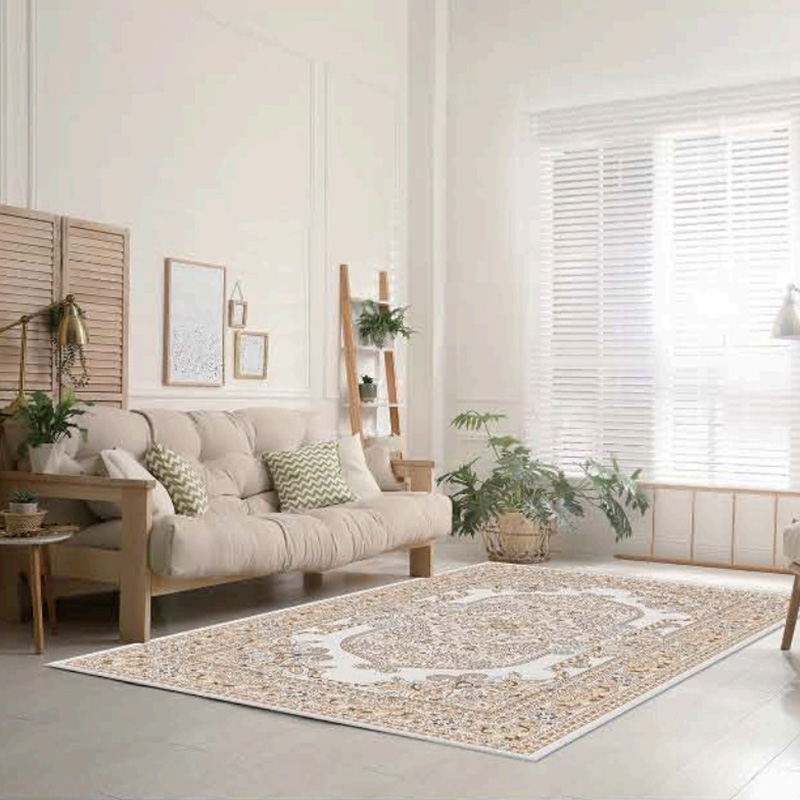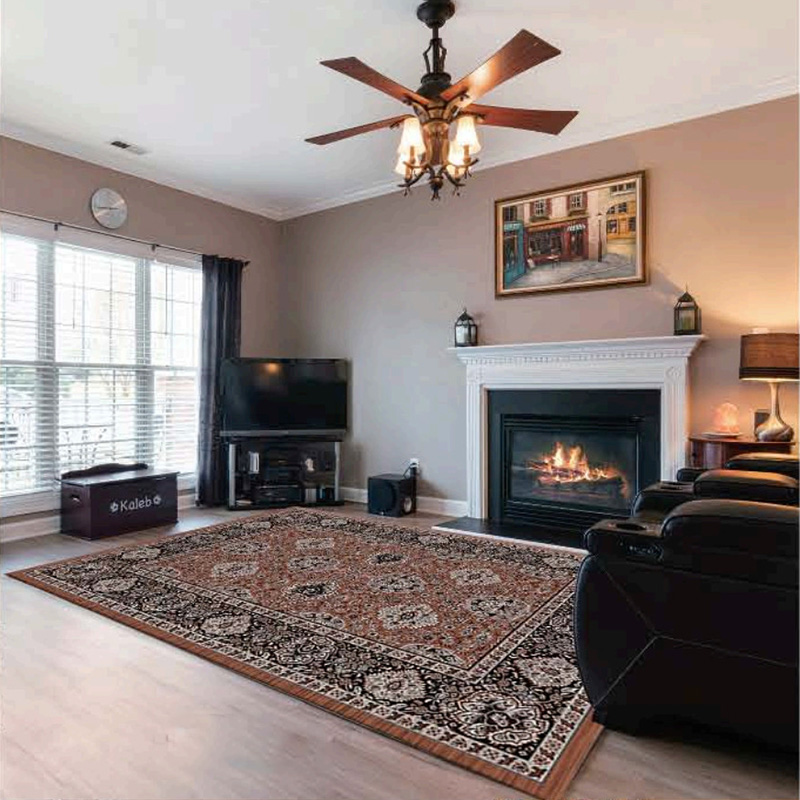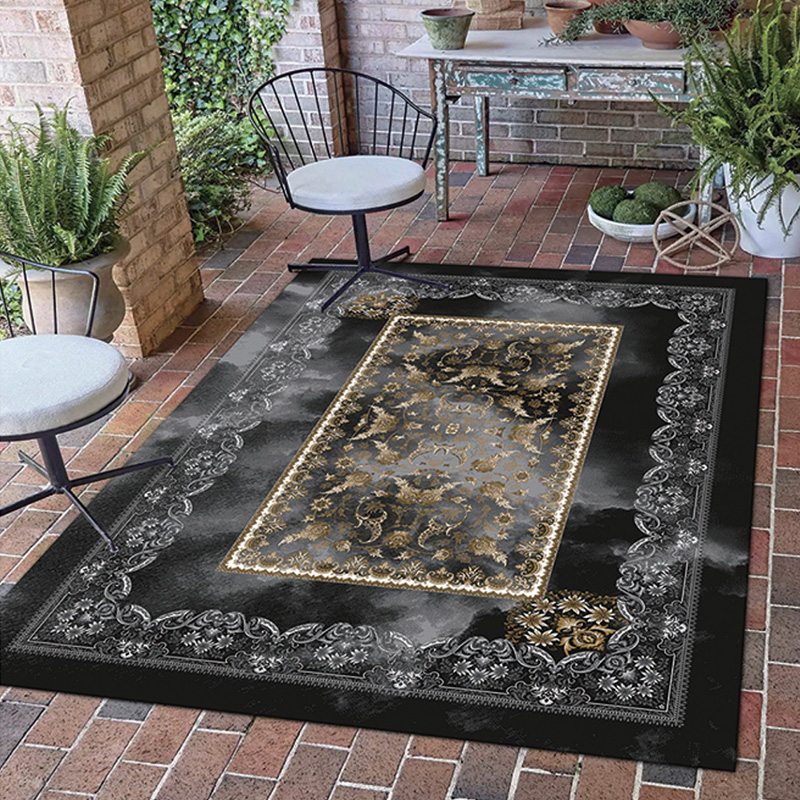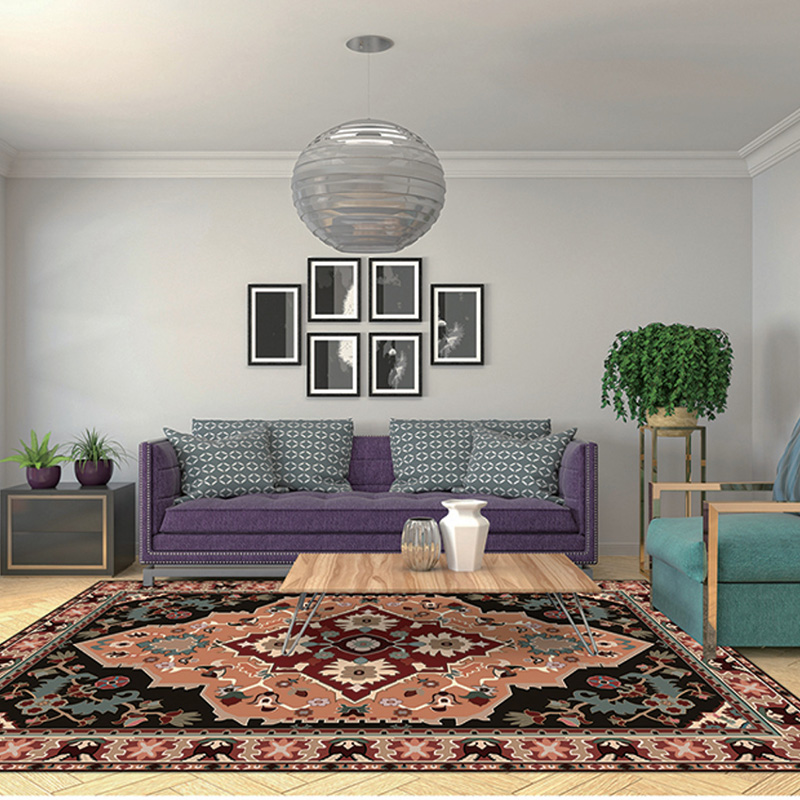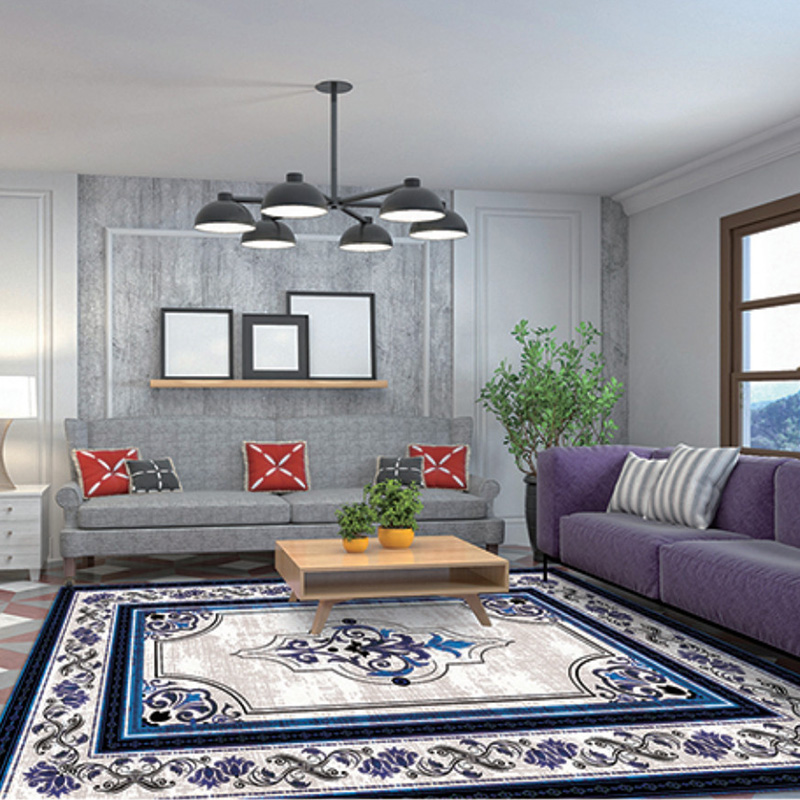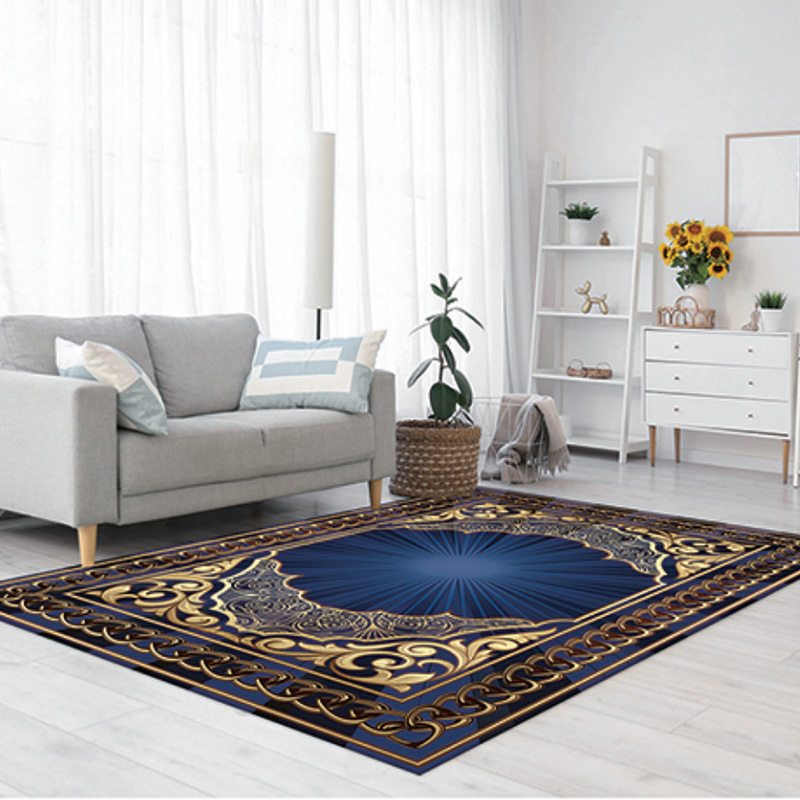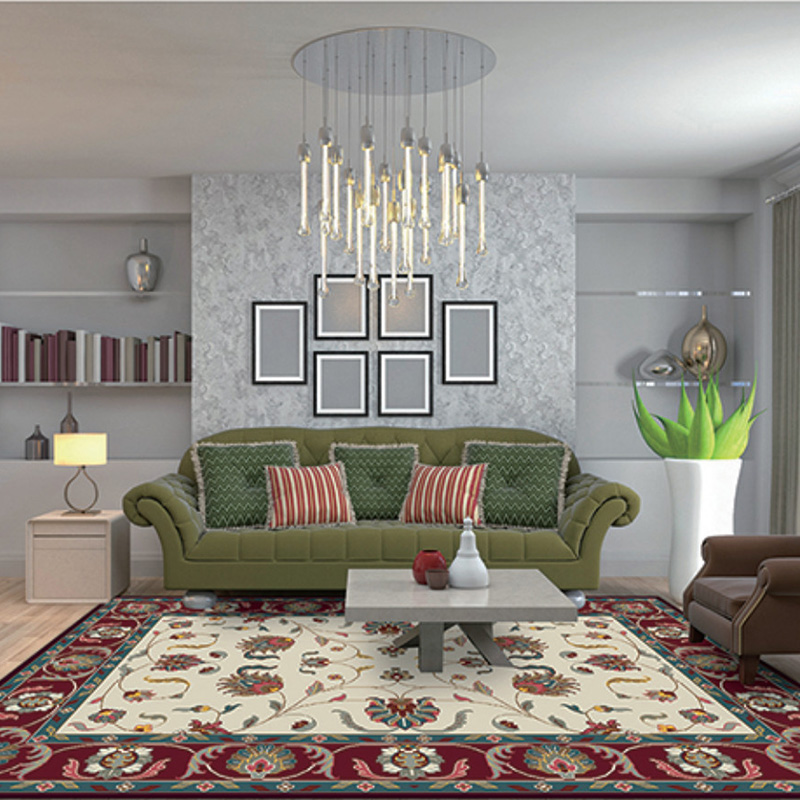In recent years, the bathroom safety and comfort sector has seen a significant surge in innovation, with memory foam bath non-slip mats emerging as a product. As consumers increasingly prioritize both functionality and luxury in their homes, these mats are reshaping the way people think about bathroom essentials, combining materials with thoughtful design to prevent accidents while enhancing user comfort.
The Growing Importance of Bathroom Safety
Bathrooms are notoriously one of the hazardous areas in a home, with slippery surfaces causing a large portion of domestic injuries worldwide. According to safety organizations, falls in bathrooms account for thousands of emergency room visits annually, affecting people of all ages but particularly seniors and young children.
This alarming reality has driven manufacturers to develop safer solutions that do not compromise on aesthetics or comfort. Non-slip mats have long been a staple, but traditional rubber or plastic versions often fall short in terms of durability, hygiene, and user experience.
Memory Foam: A in Bath Mat Technology
Enter memory foam bath mats — a fusion of innovative foam technology and safety features that offer a transformative bathroom experience. Memory foam, known for its pressure-relieving qualities in mattresses and cushions, adapts remarkably well to bath mat design. It molds to the shape of the feet, providing comfort and support while standing on wet, hard bathroom floors.
Unlike conventional mats, memory foam mats reduce fatigue and pressure on joints during daily routines like showering or brushing teeth, making them ideal for elderly users and those with mobility issues. The cushioning effect also adds a touch of spa-like luxury, elevating everyday moments.
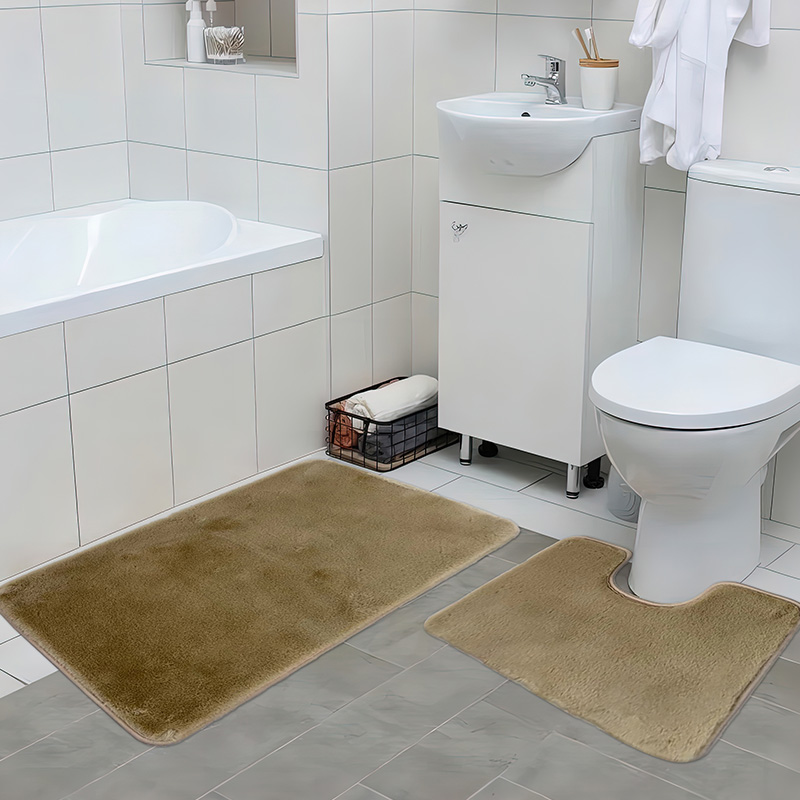
Non-Slip Safety Meets Ergonomic Design
Safety remains in the memory foam bath mat segment. products combine the softness of memory foam with advanced anti-slip backings made from silicone, rubberized coatings, or suction technology. These features firmly anchor the mat in place, preventing unwanted slips even on slick tile or marble surfaces.
Innovations such as textured foam surfaces and water-absorbent layers enhance grip and moisture management, reducing the risk of puddles that can lead to falls. Many mats are designed with quick-drying capabilities and anti-microbial treatments to prevent mold, mildew, and unpleasant odors — a major improvement over older bath mat designs.
Eco-Friendly and Hygienic Materials in Focus
With growing consumer awareness around sustainability and hygiene, manufacturers are prioritizing eco-conscious production and materials. Memory foam bath mats now often feature biodegradable foams, organic cotton covers, or recycled fibers. Certifications such as OEKO-TEX Standard 100 ensure mats are free from harmful chemicals, appealing to families with children or sensitive skin.
Additionally, machine-washable designs simplify maintenance, encouraging regular cleaning and hygiene upkeep. Some brands incorporate antimicrobial additives in the foam or fabric, providing long-term protection against bacteria and allergens.
Market Expansion and Consumer Preferences
The market for memory foam bath non-slip mats is expanding rapidly across residential and commercial sectors. Homeowners seek comfort and safety upgrades, while hotels, gyms, and assisted living facilities increasingly adopt these mats to improve client and resident well-being.
Online retail channels play a vital role in this growth, offering extensive product variety and customization options, including size, color, and texture. Customers can easily match mats to bathroom decor or select ergonomic designs tailored to specific needs, such as extra-thick cushioning or contoured edges.
Price points have also become more accessible due to advances in manufacturing efficiencies, allowing broader adoption without sacrificing quality.
Trends Shaping the Future of Bath Mats
Several trends are driving the innovation curve in the memory foam bath mat industry:
Smart Mats: Integration of sensors that detect moisture levels or alert users to slip hazards is on the horizon. Smart mats could communicate with home automation systems to enhance bathroom safety proactively.
Aesthetic Variety: Beyond plain colors, patterns inspired by nature, abstract art, or cultural motifs are gaining popularity, turning bath mats into style statements.
Multi-Functional Mats: Some products now combine bath mat functions with features such as foot massagers, heating elements, or aromatherapy releases, blending wellness with safety.
Customization: Increasingly, consumers expect personalized size and design options to fit unique bathroom layouts and personal preferences.

 英语
英语 阿拉伯语
阿拉伯语 德语
德语
